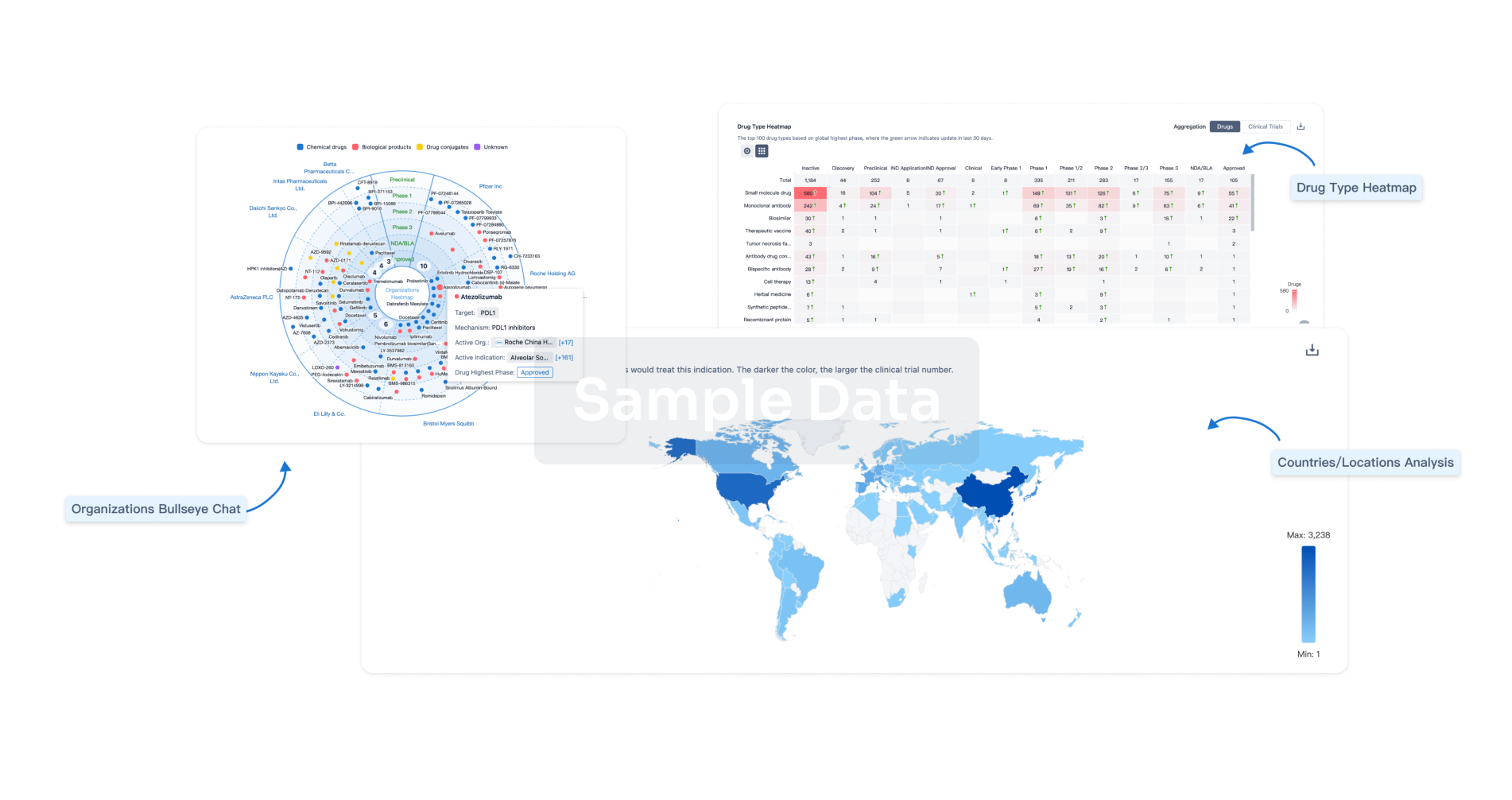Request Demo
Last update 08 May 2025
Congenital Hemidysplasia With Ichthyosiform Erythroderma and Limb Defects
Last update 08 May 2025
Basic Info
Synonyms CHILD SYNDROME, CHILD Syndrome, CHILD nevus + [17] |
Introduction CHILD syndrome (Congenital Hemidysplasia with Ichthyosiform nevus and Limb Defects, CS) is an X-linked dominant genodermatosis characterized by unilateral inflammatory and scaling skin lesions with ipsilateral visceral and limb anomalies. |
Related
16
Clinical Trials associated with Congenital Hemidysplasia With Ichthyosiform Erythroderma and Limb DefectsNCT05943587
The Development and Evaluation of Culturally Sensitive Pain Neuroscience Education in Children With Chronic Pain
The International Association for the Study of Pain and The International Classification of Diseases (ICD) 11 define chronic pain as pain lasting more than 3 months, regardless of the cause. For children and adolescents, chronic pain is an extremely terrible and suffering problem. Periods of persistent pain negatively affect the child's participation in school and recreational activities, leading to academic problems and social exclusion. Moreover, children are at increased risk of experiencing chronic pain problems in adulthood. Because of these difficulties children with chronic pain should be treated as soon as possible. Pain Neuroscience Education (PNE) is an educational approach used in chronic pain rehabilitation. The purpose of PNE is to change individual's perception of pain. The most fundamental and crucial aspect of PNE is educating patients about the underlying causes of their pain. The primary purpose of the project is to conduct a modified Delphi survey to obtain and synthesize expert opinions on PNE materials. The second aim of this study is to investigate the effect of PNE on pain, quality of life and participation in children with chronic pain and compare it with the standard treatment program.
Start Date01 Sep 2023 |
Sponsor / Collaborator |
NCT05710276
Assessment of Intestinal Inflammation by Infrared Thermography in Pediatric Crohn Disease
The assessment of digestive inflammation and disease activity in paediatrics Crohn's disease (CD) is currently based on anamnestic, clinical and paraclinical elements such as the paediatric CD activity index (wPCDAI) , faecal calprotectin measuring or digestive endoscopy. Infrared thermal imaging is based on capturing electromagnetic waves, on a specific Wavelength, emitted by the human body surface and representing local thermic-metabolic activity. It concern metabolic activity in digestive inflammations. Infrared imaging is a non-invasive, contactless, stressless technique that assess the variations in skin surface temperature of the patient's entire abdomen or more targeted areas in a single photography. This technique would be useful for determination of Crohn's disease activity, inflammation's degree and partial mapping of inflammatory lesions.
In a specific room with a patient lying, the investigators will determine the abdominal infrared radiation with a FLIR® thermal camera. This will be correlated with the measurement of the faecal calprotectin concentration and the composite CD activity index wPCDAI.
All measurements will be performed during the standard follow-up of Crohn disease. No additional follow will be necessary.
In a specific room with a patient lying, the investigators will determine the abdominal infrared radiation with a FLIR® thermal camera. This will be correlated with the measurement of the faecal calprotectin concentration and the composite CD activity index wPCDAI.
All measurements will be performed during the standard follow-up of Crohn disease. No additional follow will be necessary.
Start Date24 Jan 2023 |
Sponsor / Collaborator |
NCT05413603
Shock Wave Lithotripsy Using Fluoroscopic Versus Ultrasonic Localization for Pediatric Renal Stones.
Epidemiological studies have shown a progressive increase in the incidence of pediatric urolithiasis over the past few decades.
Start Date25 May 2022 |
Sponsor / Collaborator |
100 Clinical Results associated with Congenital Hemidysplasia With Ichthyosiform Erythroderma and Limb Defects
Login to view more data
100 Translational Medicine associated with Congenital Hemidysplasia With Ichthyosiform Erythroderma and Limb Defects
Login to view more data
0 Patents (Medical) associated with Congenital Hemidysplasia With Ichthyosiform Erythroderma and Limb Defects
Login to view more data
317
Literatures (Medical) associated with Congenital Hemidysplasia With Ichthyosiform Erythroderma and Limb Defects01 Apr 2025·Journal of Investigative Dermatology
Cholesterol pathway gene variants and reduced keratinocyte cholesterol support a final common druggable pathway in hyperproliferative inflammatory skin diseases
Article
Author: Macrae, James ; Barral, Patricia ; Kinsler, Veronica A ; Knöpfel, Nicole ; Polubothu, Satyamaanasa ; Sauvadet, Aimie ; Kelly, Gavin ; Dand, Nick ; Palma-Duran, Susana A ; Del Valle Torres, Ignacio ; Hughes, Connor ; Bulstrode, Neil ; Silva Dos Santos, Mariana ; Lee, James C ; Riachi, Melissa ; Simpson, Michael A ; Bryant, Dale ; Di, Wei-Li ; Calvani, Enrica ; Bruzos, Alicia ; Khalil, Youssef ; Chaloner, Charlotte ; Martin, Sara Barberan ; Ellis, James ; Muwanga-Nanyonjo, Noreen ; Barker, Jonathan ; Clayton, Peter ; Mills, Philippa
01 Apr 2025·American Journal of Gastroenterology
Gastrointestinal Xanthomas and Ichthyosis: A Mild Phenotype of CHILD Syndrome (NSDHL Gene Mutation)
Article
Author: Kim, Do Han ; Marble, Michael ; Corral, Juan E.
01 Feb 2025·Journal of International Medical Research
Unilateral widespread inflammatory linear verrucous epidermal nevus with ipsilateral limb contracture along the lines of Blaschko: A case report
Article
Author: Zhang, Wanxing ; Su, Haihui ; Shan, Shijun ; Ma, Jiao
Analysis
Perform a panoramic analysis of this field.
login
or

AI Agents Built for Biopharma Breakthroughs
Accelerate discovery. Empower decisions. Transform outcomes.
Get started for free today!
Accelerate Strategic R&D decision making with Synapse, PatSnap’s AI-powered Connected Innovation Intelligence Platform Built for Life Sciences Professionals.
Start your data trial now!
Synapse data is also accessible to external entities via APIs or data packages. Empower better decisions with the latest in pharmaceutical intelligence.
Bio
Bio Sequences Search & Analysis
Sign up for free
Chemical
Chemical Structures Search & Analysis
Sign up for free

